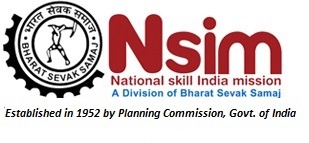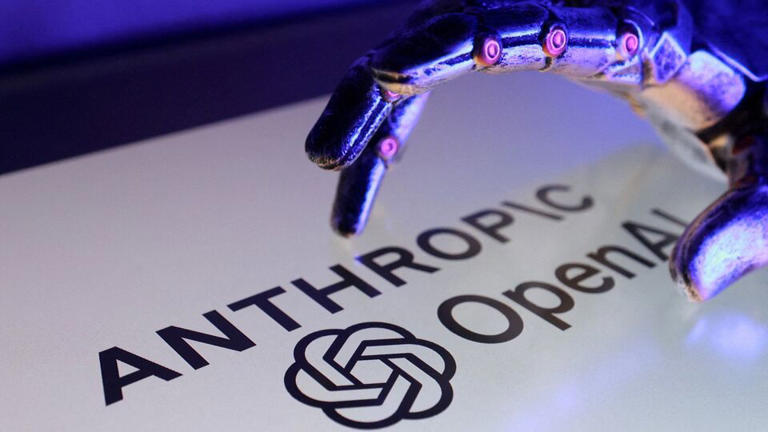Stories you may like
The Eternal Cola War: How Pepsi and Coca-Cola’s Marketing Rivalry Shaped the Beverage Industry
The rivalry between Pepsi and Coca-Cola, known as the “Cola Wars,” is one of the most fascinating case studies in the history of marketing. For over a century, these two beverage giants have gone head-to-head, each employing bold strategies to outmaneuver the other. Their competition has not only defined the soft drink industry but has also set the gold standard for marketing innovation. This case study will explore four key masterstrokes from both companies and how the competitor responded, followed by three essential business takeaways.
Master Stroke 1: Pepsi’s “Pepsi Challenge” (1975)
The Move: In 1975, Pepsi launched the “Pepsi Challenge,” a series of blind taste tests that pitted Pepsi against Coca-Cola. Participants were asked to choose their favorite drink without knowing which was which. The results? A significant number of people preferred Pepsi.
The Impact: This campaign was a game-changer. It directly challenged Coca-Cola’s dominance by questioning the very core of its product — taste. Pepsi’s move was not just about winning market share; it was about altering consumer perception, making people rethink their loyalty to Coca-Cola.
Coca-Cola’s Response: Stung by the success of the Pepsi Challenge, Coca-Cola decided to tweak its formula, leading to the introduction of “New Coke” in 1985. However, this move backfired spectacularly, as consumers rejected the new taste and demanded the return of the original formula, rebranded as “Coca-Cola Classic.”
Master Stroke 2: Coca-Cola’s “Always Coca-Cola” Campaign (1993)
The Move: After the New Coke debacle, Coca-Cola needed to regain its footing. In 1993, it launched the “Always Coca-Cola” campaign, which featured the now-iconic polar bears. This campaign focused on the brand’s timeless appeal, emphasizing happiness, nostalgia, and togetherness.
The Impact: The polar bears quickly became synonymous with Coca-Cola’s brand, appealing to a wide demographic from children to adults. The campaign successfully shifted the conversation away from the New Coke disaster, reinforcing Coca-Cola as a brand that stands the test of time.
Pepsi’s Response: Pepsi doubled down on its strategy of youth-centric marketing, signing on celebrities like Michael Jackson, Madonna, and later Britney Spears. By aligning with pop culture icons, Pepsi positioned itself as the cooler, more youthful alternative to Coca-Cola’s classic image.
Master Stroke 3: Pepsi’s “Live for Now” Campaign (2012)
The Move: As marketing moved into the digital age, Pepsi launched the “Live for Now” campaign in 2012. This campaign was all about capturing the spontaneity and excitement of life, heavily promoted through social media and featuring global celebrities like Beyoncé.
The Impact: “Live for Now” resonated with a younger, social media-savvy audience. Pepsi leveraged the power of digital platforms to create a sense of immediacy and relevance, aligning its brand with the real-time culture of sharing and experiences.
Coca-Cola’s Response: Coca-Cola responded with the “Share a Coke” campaign, which personalized bottles by replacing the logo with popular names. This campaign encouraged social sharing and community engagement, driving sales and creating a viral sensation across social media.
Master Stroke 4: Coca-Cola’s “Share a Coke” Campaign (2011)
The Move: Launched in Australia in 2011, the “Share a Coke” campaign was a brilliant piece of marketing that replaced the Coca-Cola logo on bottles with people’s names. The idea was simple: find a bottle with your name or the name of a friend and share it.
The Impact: This campaign was a runaway success. It not only boosted sales but also generated a massive wave of user-generated content on social media. Consumers loved the personalized touch, and Coca-Cola’s brand became more than just a drink; it became a way to connect with others.
Pepsi’s Response: Pepsi responded by continuing its focus on high-profile endorsements and global partnerships, while also experimenting with new product offerings like Pepsi Next, which aimed to cater to health-conscious consumers. Although “Share a Coke” was tough to beat, Pepsi maintained its edge by staying innovative and relevant to younger audiences.
Key Business Takeaways
- Consumer-Centric Innovation is Key: Both Pepsi and Coca-Cola have shown that understanding and adapting to consumer preferences is crucial. Whether it’s Pepsi’s taste tests or Coca-Cola’s personalized bottles, the ability to innovate in a way that resonates with the audience is what drives success.
- Brand Identity Must Evolve: The Cola Wars demonstrate that even the most iconic brands need to evolve with the times. Coca-Cola’s shift from product-focused to emotionally-driven campaigns and Pepsi’s embrace of pop culture are prime examples of how evolving brand identity can maintain relevance.
- Agility in Marketing Can Turn the Tide: Both companies have had their share of missteps (e.g., New Coke), but their ability to pivot and respond to challenges quickly has been key to their longevity. The lesson here is that agility in marketing — being able to adjust strategy based on market feedback — can turn potential disasters into opportunities for brand reinforcement.
Conclusion
The Cola Wars between Pepsi and Coca-Cola are more than just a competition for market share; they are a masterclass in marketing strategy, brand evolution, and consumer engagement. Through bold moves, quick pivots, and a deep understanding of their audience, both brands have not only survived but thrived for over a century. For businesses looking to learn from their rivalry, the lessons are clear: innovate fearlessly, evolve with your audience, and be agile in the face of challenges. The battle may continue, but the real winners are the marketers and business strategists who learn from this iconic rivalry.




User's Comments
No comments there.